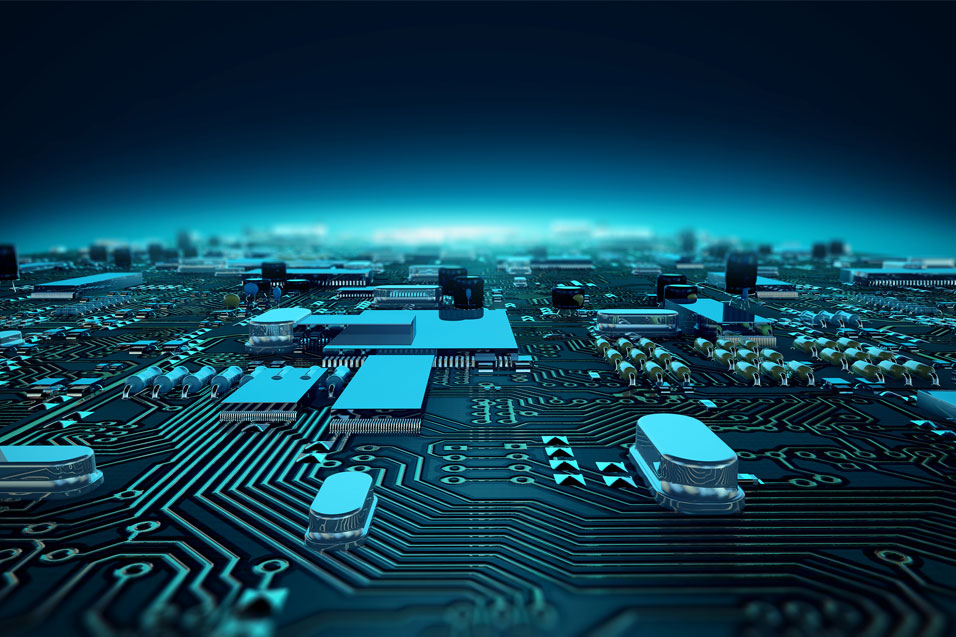Executive Summary
Nowadays, consumer, IoT, medical and automotive products are very compact with a High-Speed interface and data-rates in GB/s. i.e. LPDDR5, MIPI-CSI, MIPI-DSI, USB3.0 etc. The High-Speed interface demands the use of a high-end PCB Manufacturing Technology. As per the increasing trend of the High-Speed interfaces requirement, the PCB material used in the design requires better efficiency to improve the digital interface performance. The PCB material and layer stack-up play a very important role while designing a board and during the actual validation of the IoT/consumer Product.
This paper describes practical guidelines for High-Speed embedded hardware designers to enhance technical skills further on top of Engineer’s basics knowledge of Electronics, PCB design & manufacturing. It helps to answer several decisions making questions during the design phase regarding PCB material type, layout complexity & prediction of challenges, which can impact the product pricing and time-to-market of the product.
Project Highlights

- Important terminologies for PCB material and how to select PCB Dielectric/core Material?
- How to select the Layer stack-up for high speed interface application?
- How vias are important (HDI/TH PCBs – Cost)?





